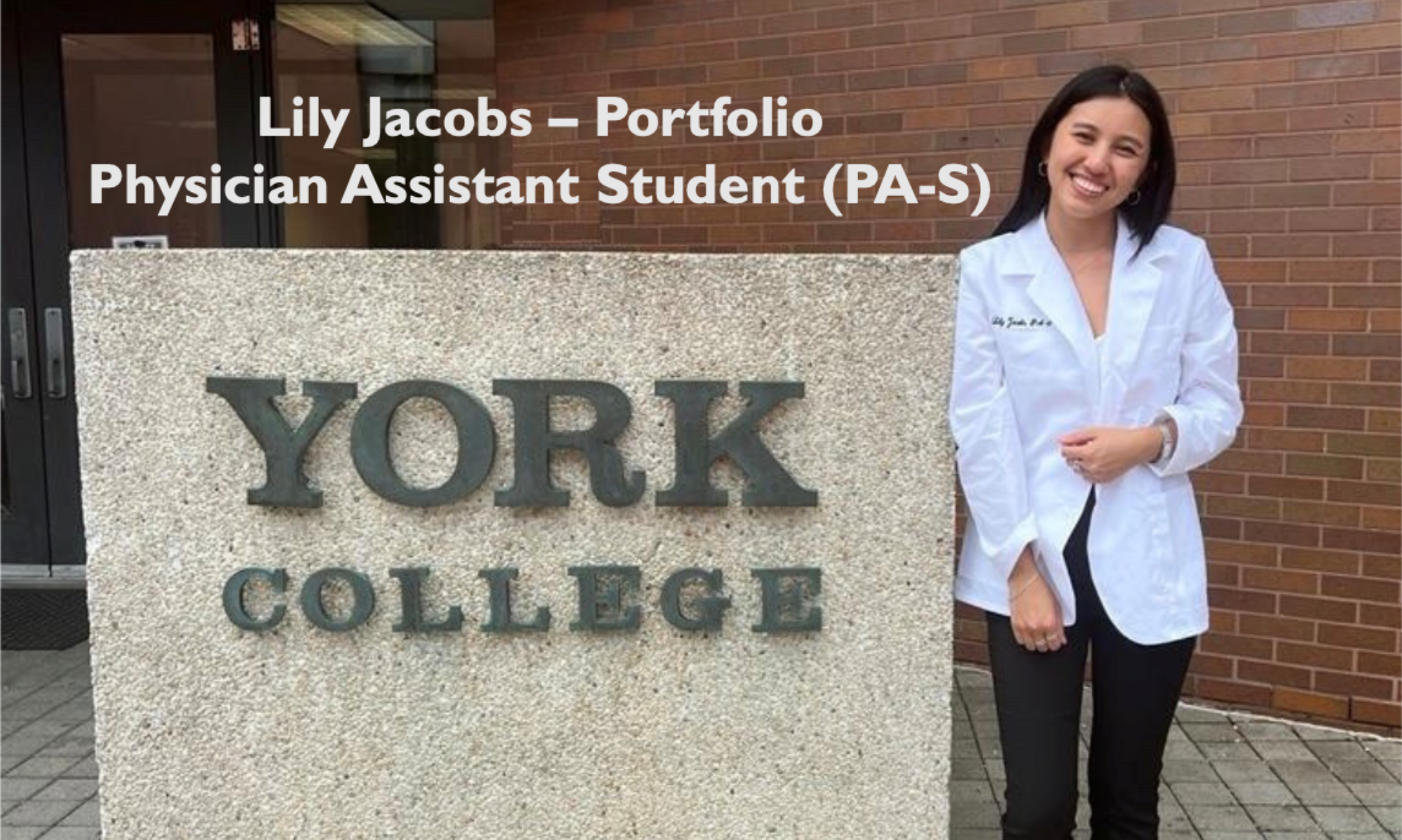Site Evaluator: Dr. Emily Davidson
The first case I presented was a 95-year-old female with a 10-year pack smoking history and PMHx of HTN, colon cancer, and pre-diabetes presented in the geriatric clinic after admission to the ED the day before following a fall on her left hip last night due to a slippery floor. She also complained of weight loss and localized tooth pain on her right second molar of the upper jaw for the past month. I chose this case because it was one of the first patients that I was able to perform a physical exam by myself. Physical exam of the hip showed mild swelling over the right iliac crest with ecchymosis (purple reddish in color) and tenderness upon palpation. Full active and passive ROM on bilateral lower extremities with strength 4/5. Pulses 2+ in lower extremities, reflexes intact. Dr. Davidson agreed with my assessment of the hip pain that based on the patient’s history, physical exam, CT results of lumbar spine, pelvis, and lower extremity (ordered by ED), and ability to ambulate without significant difficulty it is most consistent with a bone contusion and a low concern for fracture or dislocation. Physical exam was also positive for dental caries on the right second molar, which is likely the source of the pain and the decreased food intake. Dr. Davidson complimented me on the structure and flow of my HPI. She gave me some constructive criticism on needing more detail in my musculoskeletal exam, specifically mentioning detail on the strength and ROM (flexion, extension etc) of the lower extremity. We also discussed the importance of testing the light, dull, and vibratory senses in the area, especially in a geriatric patient who has fallen.
The second patient I presented was an 82-year-old male complaining of mild swelling and discomfort of his right knee for the past week (revision of total knee arthroplasty on 1/12/2023) and a painful itchy rash on the right side of the chest and back that appeared a day ago. I chose to include this case because he was the only herpes zoster case that I saw in this rotation. Physical exam of the knee showed mild swelling with tenderness noted with the varus/ valgus stress tests and the Lachman test. The rash was characterized as unilateral blistering 1-2mm intact vesicles with erythema spreading in a “band-like” pattern on the right chest to back, extending along the 7th intercostal space without crossing the midline. No crusting noted or signs of cellulitis.His knee discomfort is likely due to the area still recovering from the surgery. Based on the physical exam, no history of trauma to the area post-surgery, and the patient’s ability to ambulate with a rollator without significant difficulty, low concern for wound healing complications, infection, fracture, or joint instability at this time. With regards to the rash, the characteristic symptoms are consistent with Herpes Zoster. Dr. Davidson agreed with my plan and assessment and complimented me on my thoroughness of examining the knee. However, she informed me that the exams I performed on the patient would not be done on a patient with a total knee replacement 2 months post-op. The case prompted a discussion on what exactly is done in a total knee replacement and how it is managed/examined postoperatively.
The third case I submitted was a 72-year-old female with a PMHx of severe anemia and poorly controlled HTN, who I had seen three times over the course of my rotation. I chose this case because it prompted a deep discussion on mistrust in the healthcare system and a lack of education among patients on the severity of their conditions and the benefits of their treatment plan.
I received good feedback from Dr. Davidson on my drug cards for my mid-rotation evaluation and my final evaluation. I tried to include the most common drugs I saw prescribed in the office, as well a mixture of over the counter and prescription drugs.



LTC